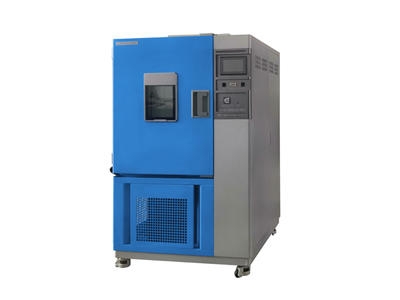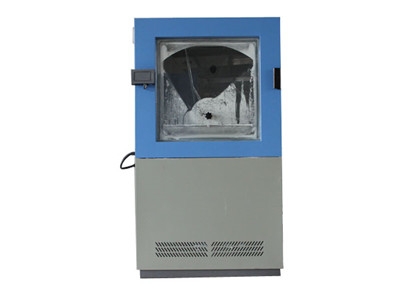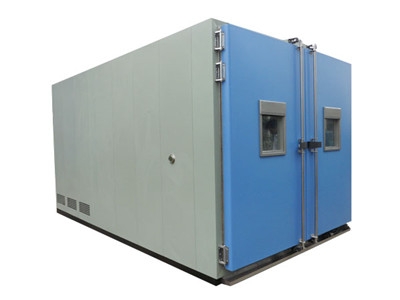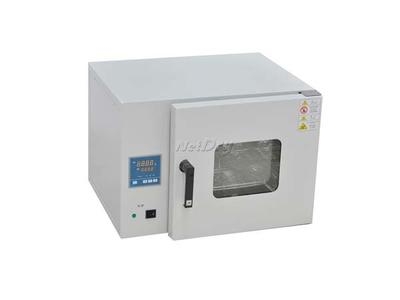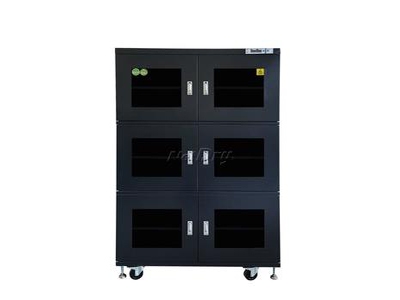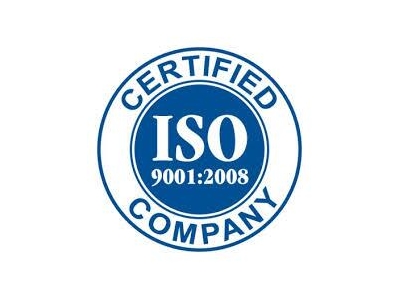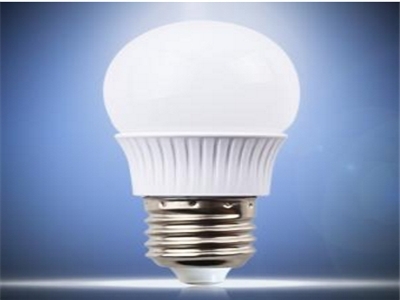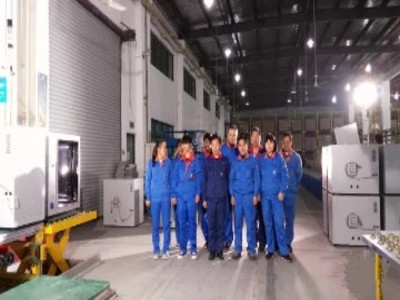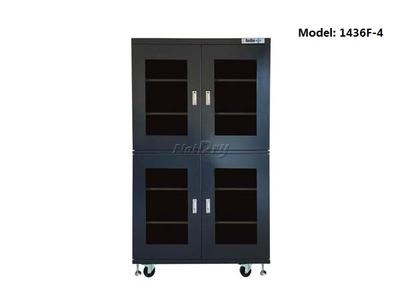Principle of Humidification and Dehumidification in Constant Temperature and Humidity Test Chamber
Constant temperature humidity chamber is applied to test capabilities of heat-resistance, cold-resistance, dry-resistance and moisture-resistance of materials and products.
There are many ways to diaplay humidity,In the case of climate test equipment, the concept of relative humidity is usually used to describe humidity. The definition of relative humidity refers to the ratio of the pressure of water vapor in air to the saturated vapor pressure of water at that temperature and expressed as a percentage. According to the saturation pressure properties of water vapor, the saturation pressure of water vapor is only a function of temperature, independent of the air pressure where water vapor can be located. The relationship between water vapor saturation pressure and temperature has been found through a large number of experiments and finishing. Gofgli‘s formula has been widely used in engineering and measurement. It is used by the meteorological department to compile the humidity balance.
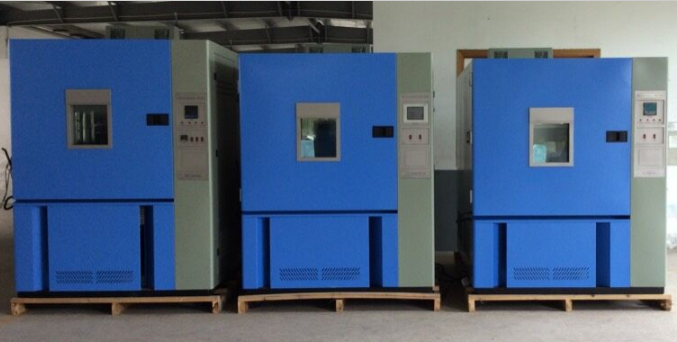
This method appeared in the 1950s:
The process of humidification is actually to increase the water vapor pressure, and the humidification mode is to spray water to the wall of the test chamber, and the saturated pressure of the water surface is controlled by controlling the water temperature. The water on the surface of the chamber wall forms a larger surface, in which the relative humidity in the test chamber is increased by adding water vapor pressure to the chamber by diffusion. Symor instrument thinks that because the control of humidity at that time is mainly based on the simple switch quantity adjustment of mercury contact type guide meter, the control adaptability of water temperature of large lag hot water tank is poor, so the transition process of control is longer. More importantly, water droplets inevitably pollute the sample to varying degrees. At the same time, there are certain requirements for drainage in the box. This method was quickly replaced by steam humidification and shallow water disc humidification. But this method still has some advantages. Although its control transition process is longer, the humidity fluctuation is small after the system is stable, so it is more suitable to do constant humid heat test. In addition, water vapor does not increase the extra heat in the system during humidification. In addition, when the spray water temperature is controlled below the key temperature required by the test, the spray water has dehumidification effect.
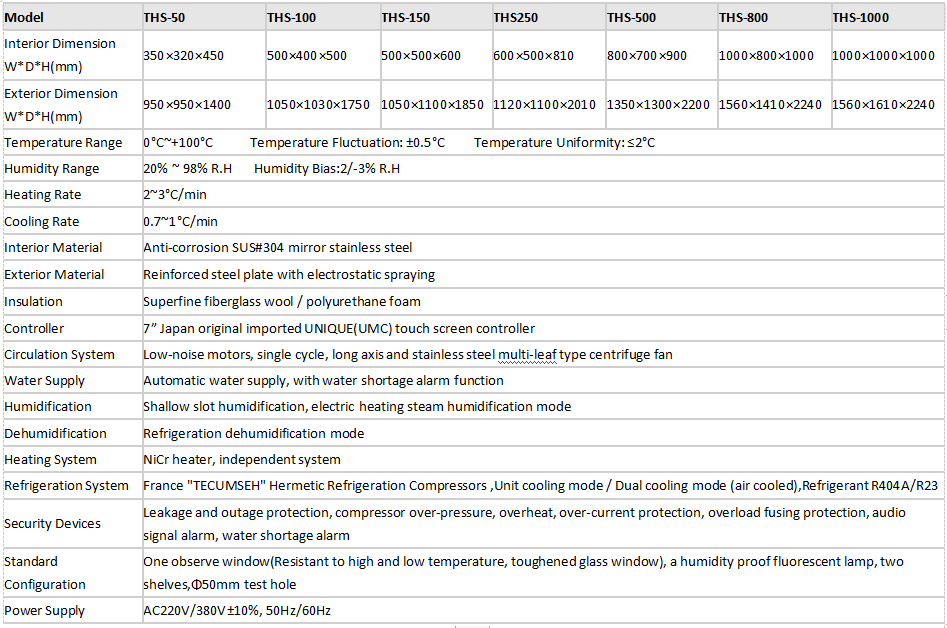
With the development of humid and heat test from constant humidity to alternating humidity, it is necessary to have a faster humidification reaction ability. When spray humidification can no longer meet the requirements, steam humidification and shallow water disc humidification methods have been widely adopted and developed.

